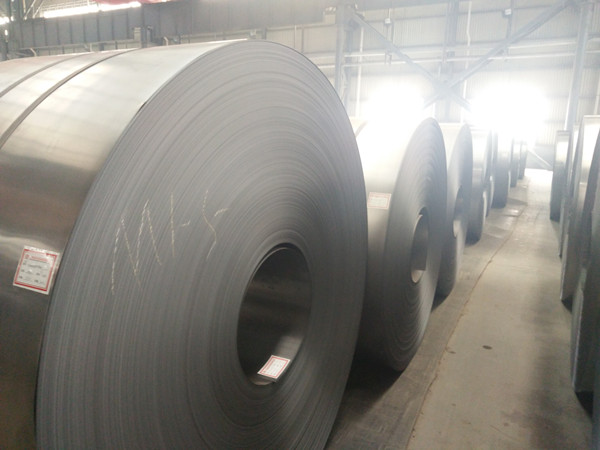How To Choose Steel Plate For Enamel
Cold rolled SPCC and SPCD are low-carbon aluminum killed steels for general and stamping purposes respectively. Both are common cold rolled steel sheets, mainly used in industries such as automobiles and home appliances, and are not special steel sheets for enamelling. If used for enamel, it is easy to produce defects such as scales and pinholes during enamel. The reason is that SPCC and SPCD mainly rely on carbide (cementite) and aluminum nitride in steel as hydrogen traps, but their content fluctuates It is very large, so the anti-scale explosion performance is unstable. Low-carbon steel for enamel often adds alloy elements such as boron and titanium to the steel to improve the anti-scaling performance of the steel plate and improve pinhole defects.

Generally speaking, as the carbon content decreases and the content of impurity elements such as sulfur and phosphorus decreases, the formability of steel increases, but the steel's anti-scaling performance decreases. At this time, it is necessary to add some alloying elements such as boron, titanium and niobium. The addition of these alloying elements improves the scale and explosion resistance of steel on the one hand, and improves the forming performance on the other hand. Since the strength of the steel plate after enameling directly determines the performance of the final enameled product, such as water heater liners and other pressure vessels, the strength of the steel plate after enameling has a great influence on the pressure resistance. The steel is added with titanium and niobium, etc. Alloying elements can also reduce the strength drop of the steel sheet after firing.
The hot-rolled sheet with the same composition and microstructure has worse scale and explosion resistance than cold-rolled sheet. The reason is that some large-sized inclusions in the cold-rolled steel sheet are easily damaged. There are a large number of vacancies and tiny cavities around. Therefore, when selecting hot-rolled plates as enamel substrates, hot-rolled steel plates with better anti-scale and explosion performance must be selected, and auxiliary plans for anti-scale and explosion must be made, such as the use of anti fish-scale enamel frit, the pre-treatment adopts sandblasting and less pickling.
Whether hot-rolled or cold-rolled steel plates are used by enamel manufacturers, the surface of the steel plates must not have defects such as wrinkles, bubbles, scars, delamination, slag inclusions, rust spots, and cracks.